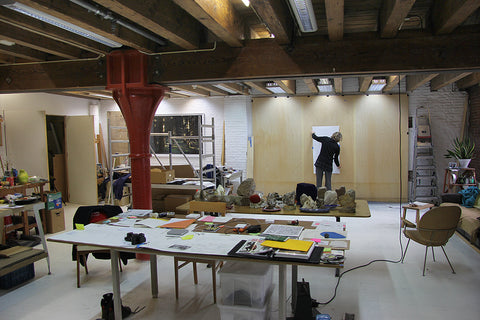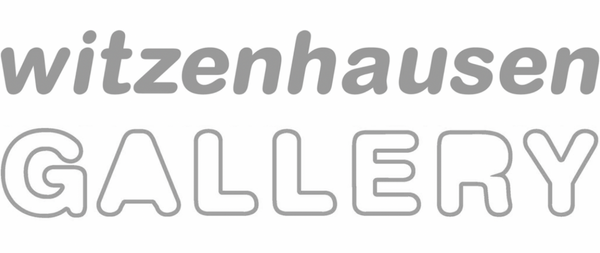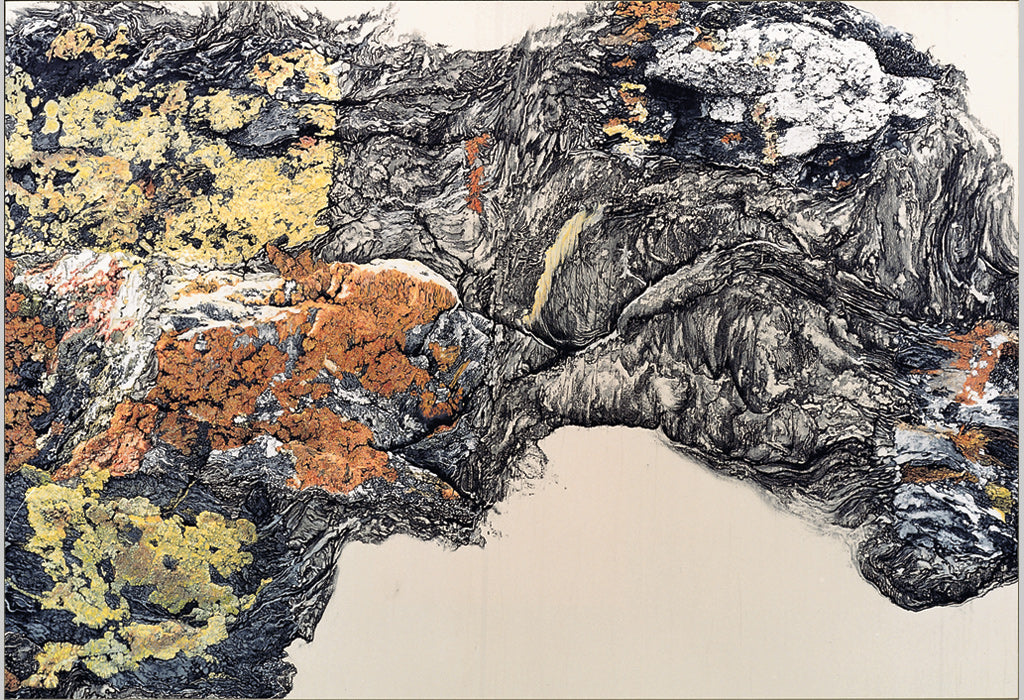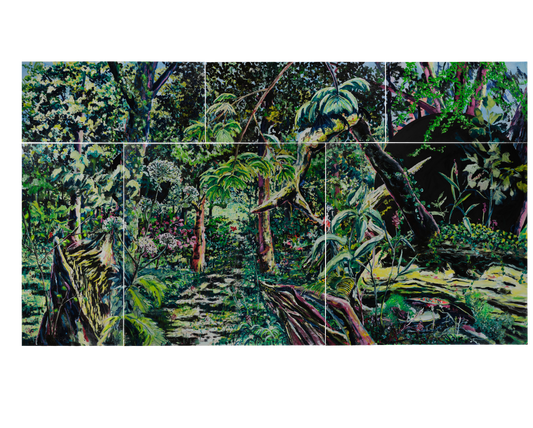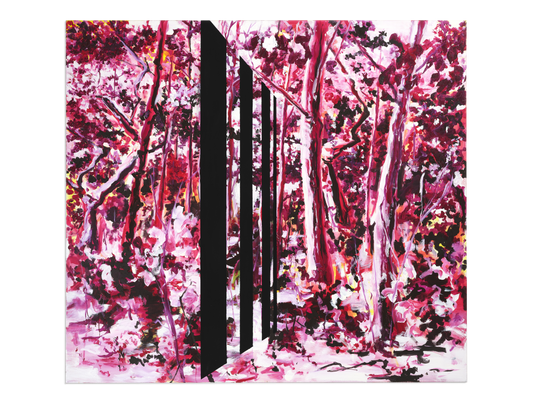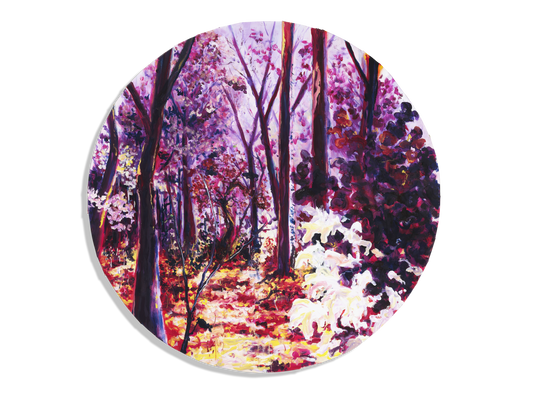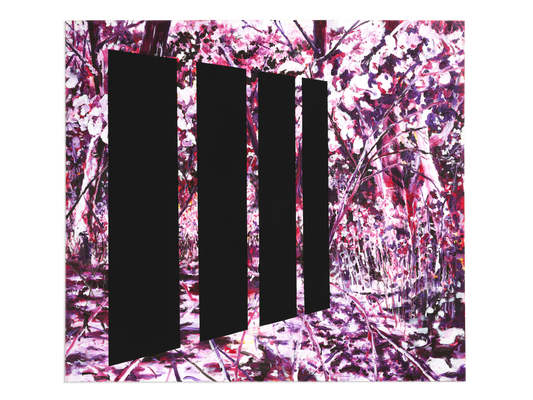Introducing Erik Odijk: A Reflective Artist Capturing the Essence of Nature
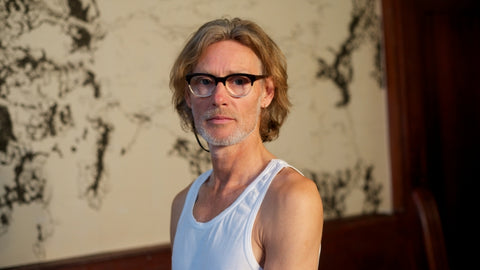
Erik Odijk is an artist whose practice revolves around drawing, both within the confines of his studio and on-site at exhibition spaces. His work is deeply rooted in the exploration of nature, as he traverses wild landscapes, seeking to reconnect with the essence of each place. Odijk's drawings depict landscapes that are simultaneously beautiful and untamed, evoking a sense of wonder and awe.
The artist employs a layered drawing style that conveys the passage of time and the gradual impact it has on nature. With a formal approach reminiscent of the hallucinatory lines found in Jan Toorop's landscapes from the Symbolism period, Odijk captures the vitality and darkness inherent in the natural world. His artwork is permeated with the belief that experiencing nature directly is an intoxicating endeavor, one that has become increasingly elusive in our modern era. Consequently, photography has taken on a more prominent role in his recent work. Through photo series documenting his journeys through landscapes, Odijk introduces an objective perspective on the experience of a place. These photographs serve as a counterpoint to his drawings and expand his exploration of the natural experience in the 21st century.
Rooted in the artistic context of the 1980s, Odijk's oeuvre showcases a combination of conceptual asceticism and formal exuberance. While he draws inspiration from tradition and the development of a visual language, he also embraces modernity. Alongside contemporaries such as Jan van de Pavert, Fortuyn/O'Brien, and Harmen Brethouwer, Odijk delves into aspects of modern culture and its historical context, providing his unique lens on the intersection of tradition and modernity. Nature and the experience of nature serve as a focal point for him, enabling the visualization of this intricate connection.
In his artistic position, Odijk aligns himself with a romantic sensibility. He cites Richard Long as an influential artist in this regard. His oeuvre reflects the individual's longing to merge with nature, while also acknowledging the impossibility of fully transcending the boundaries that separate us from it. This search for nature and the desire to immerse oneself in its depths can be traced back to the Romantic era. During that time, the exploration of an individual emotional world emerged as a fascination, accompanied by a reflective component. Odijk acknowledges the allure of the romantic idea while simultaneously keeping it at a distance, acknowledging the potential abyss that lies within.
The significance of Erik Odijk's body of work lies in its concise portrayal of one of the defining subjects of our time: the evolving perception of nature. Through his art, he captures the conflicting emotions experienced by nature travelers who are acutely aware of the potential harm caused by their every step, yet cannot resist the allure of the wilderness. His work authentically expresses the inner contradictions faced by both the artist and the traveler in our culture's current call for a connection with nature. Odijk's texts elucidate his deep understanding of this ongoing dialogue, and his art serves as a testament to the complex relationship between humanity and the natural world.
One notable project by Erik Odijk is his exploration of the Olterterp estate in De Friese wouden, which left a profound impact on him in the summer of 2016. Captivated by its natural beauty, he channeled his ideas about Arcadian nature and the sublime, contemplating the contrasts between good and evil. Through film recordings, he captured the mythical allure of the large forest pond archipelago, evoking a longing for the place while acknowledging the dualism inherent in our relationship with nature—simultaneously desiring immersion and respecting its captivating beauty.
Erik Odijk's oeuvre raises questions about the current state of nature romanticism.
